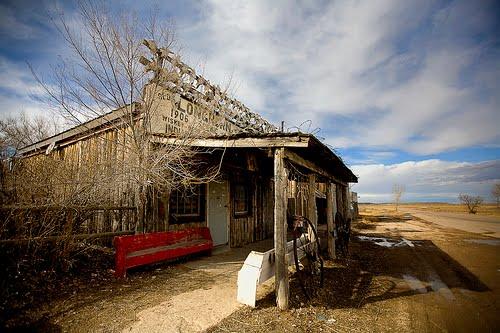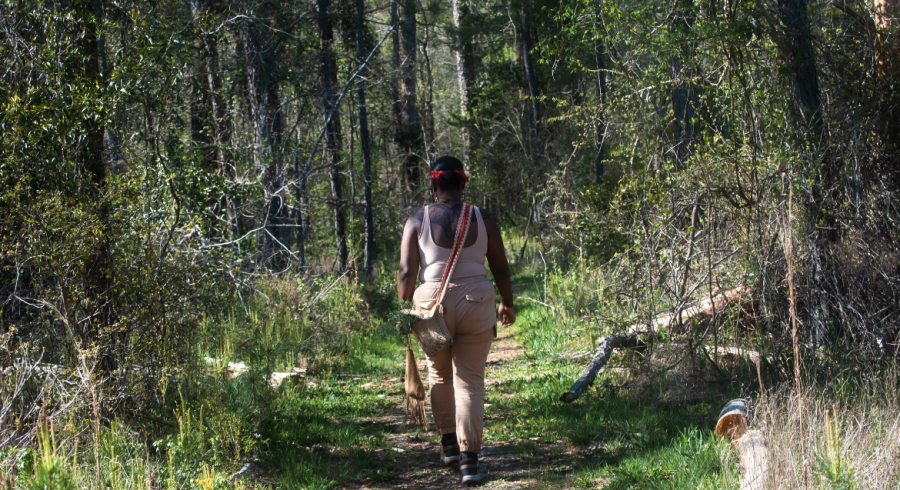
Food assistance and distribution programs, foster-care programs, school bus routes, elderly care programs, and college scholarship funds are just some of the services on Native American reservations that are threatened by the recent government shutdown.
“The federal government is so pervasive on the Indian reservations that anything that happens on the government level in terms of funding cuts or a shutdown will have a major impact,” explained Arizona state representative Albert Hale (D-St. Michaels). “Most of the medical services available are federally funded, the houses, the schools.”
Reservations across the country are scrambling to find alternative forms of funding to keep vital programs running. Some effects of the shutdown for reservations are still largely unknown and may depend on how long the shutdown lasts. Some services, such as law enforcement, hospitals, and some social work are considered essential and will continue to be funded, but even these programs are not completely out of the woods. According to the National Association of Food Distribution Programs on Indian Reservations, six tribes were forced to close food distribution programs in the first week of the shutdown alone, affecting 2,550 people across the United States. The Indian Health Services, which runs 176 hospitals and clinics, will remain open, but some with limited hours or only the capacity to accept life-threatening injuries and illnesses. Many programs that provided transportation to such hospitals for elderly or incapacitated patients are being suspended. Law enforcement officers, who are typically contracted by reservations through the Bureau of Indian Affairs (BIA), may not be allowed to work overtime.
Due to different funding cycles, sources of income, and prevalence of government contracts, all tribes are being affected by the shutdown a little bit differently. The Yurok Tribe of California will be forced to suspend childcare for 50 families, abandon 100 college scholarships already promised to students, suspend tutoring for 1900 students, and furlough 60 of the tribe’s 140 employees in order to absorb the cuts – all of which could be devastating to a community already plagued by an 80 percent unemployment rate. If the shutdown continues for another two weeks, tribe leaders estimate they will have to furlough another 74 workers and freeze food distribution programs that deliver food to isolated areas of the reservation.
The Navajo Nation employs 7,000 government workers, three-quarters of which are federally funded. So far, the nation’s essential programs have not been harmed. However, the shutdown is threatening the tribe’s attempts to buy a coal mine – without support from BIA officials, they may not be able to meet negotiations deadlines to finalize the purchase. As Erny Zah, director of communications for the president and vice-president of the Navajo Nation explains, “Even though we will be open, we won’t be able to move forward with some things. It’s like we are playing tennis and our doubles partner is out. So as we are going on with this tennis match, we don’t have our partner with us.”
Other tribes, such as the Gwichyaa Zhee band of Gwich’in in Alaska, are concerned about the timing of the shutdown. “It’s going to be 40- below in a month,” says Ed Alexander, second chief of the band, who is worried that the shutdown will block heating assistance funds for his community. “I hope the Republicans get their act together and pass a clean CR (continuing resolution). Everybody’s hoping that. It’s the poorest who are suffering most. That’s what’s happening now.” Snowplow services and federally-backed home construction programs are also threatened by the shutdown.
Schools on and near reservations are also threatened – these schools are no longer receiving extra money from the government to assist with breakfast and lunch programs or transportation, a severe issue for students in rural areas trying to attend schools that are many miles away. Mark Sorensen, CEO and co-founder of Star School, a small rural charter school near the border of the Navajo Nation, is very frustrated with the shutdown.
“If we as a school develop a budget and stick to our budget, why are we getting punished for other people not handling their budgets? I have to wonder why we are electing people to government who think the way to govern is to shut down the government.”
One of the biggest concerns in managing the shutdown is the general amount of confusion surrounding it. Alexander says that “the basic management questions really need to be communicated more clearly to tribes. I don’t know how they can do that, now that they are shut down.” Tribes are unsure whether or not they will be allowed to use carryover funds from the previous fiscal year to continue funding vital programs. Though some tribes are planning to do this anyway, there are concerns that once the government reopens, the BIA will penalize the tribes for the withdrawals and refuse to compensate them.
Some tribes are borrowing loans from banks or using community funds to pay for services. However, many reservations that hold the rights to extractive sites such as coal mines, timber, or grazing rights are now unable to collect the money generated from them, as that money is held in a federal trust. As Derrin Old Coyote, chairman of the Crow Tribe of Montana, says, “It’s our money but we won’t be able to get to it. We’re treated as the stepchild of the U.S. government.” The Crow Tribe has already had to furlough 380 federal employees, including the tribe’s 10 police officers.
The government shutdown exacerbates already stretched thin funding for Native American services, whose funding was cut roughly 5 percent between 2012 and 2013. For example, Indian hospitals and clinics faced $800,000 worth of cuts due to the sequestration in 2013. Many Native American leaders view the loss of funding resulting from the shutdown as a violation of the treaty agreements between the Indian nations and the federal government. The National Congress of American Indians has issued a statement demanding that tribal programs be exempt from such budget cuts.
If the government shutdown continues, reservations will likely face more and more cuts to essential programs. Though worried, Native American leaders are determined to bring their communities through the challenging times.
“Indian people have survived all the atrocities that have been perpetrated on them by federal policies,” says Hale. “They are resilient. They will find a way to survive this again.”


